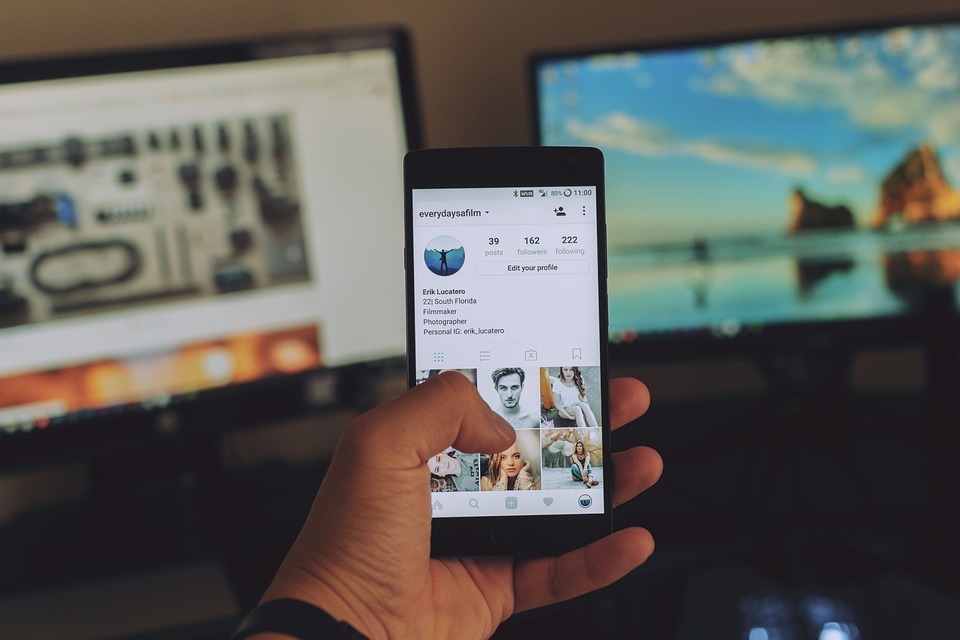Virtual reality (VR) technology has been on the rise in recent years, revolutionizing the way we experience and interact with our digital surroundings. While initially popularized in the gaming industry, VR has also been making strides in other fields, notably education.
The impact of VR on education is nothing short of transformative. By immersing students in a virtual world, educators are able to create engaging and interactive learning experiences that can significantly enhance understanding and retention of complex concepts. VR allows students to explore places they may never have the opportunity to visit in real life, such as outer space, historical landmarks, or even the human body.
One of the key benefits of using VR in education is its ability to cater to different learning styles. Visual and kinesthetic learners, in particular, can benefit greatly from the immersive nature of VR experiences. By allowing students to interact with the subject matter in a hands-on way, educators can better engage their students and make learning more memorable and enjoyable.
Furthermore, VR has the potential to democratize education by providing access to resources and experiences that may not be readily available to all students. Schools with limited resources can use VR technology to supplement their curriculum and offer students a more dynamic and inclusive learning environment.
In addition to enhancing traditional classroom learning, VR can also be used to improve training and professional development. Industries such as healthcare, engineering, and architecture can use VR simulations to train employees in real-world scenarios, improving their skills and knowledge in a safe and controlled environment.
Despite the numerous benefits of VR in education, there are still challenges to overcome. The cost of VR technology can be prohibitive for some schools and institutions, and there is also a lack of standardized content and curriculum for educators to use. Furthermore, there are concerns about potential negative effects of prolonged VR use, such as eye strain, motion sickness, and disorientation.
Nevertheless, as VR technology continues to advance and become more affordable, its potential to revolutionize education is undeniable. By leveraging the immersive power of VR, educators can create truly transformative learning experiences that engage students in new and exciting ways. The rise of virtual reality in education is just beginning, and the possibilities are endless.




